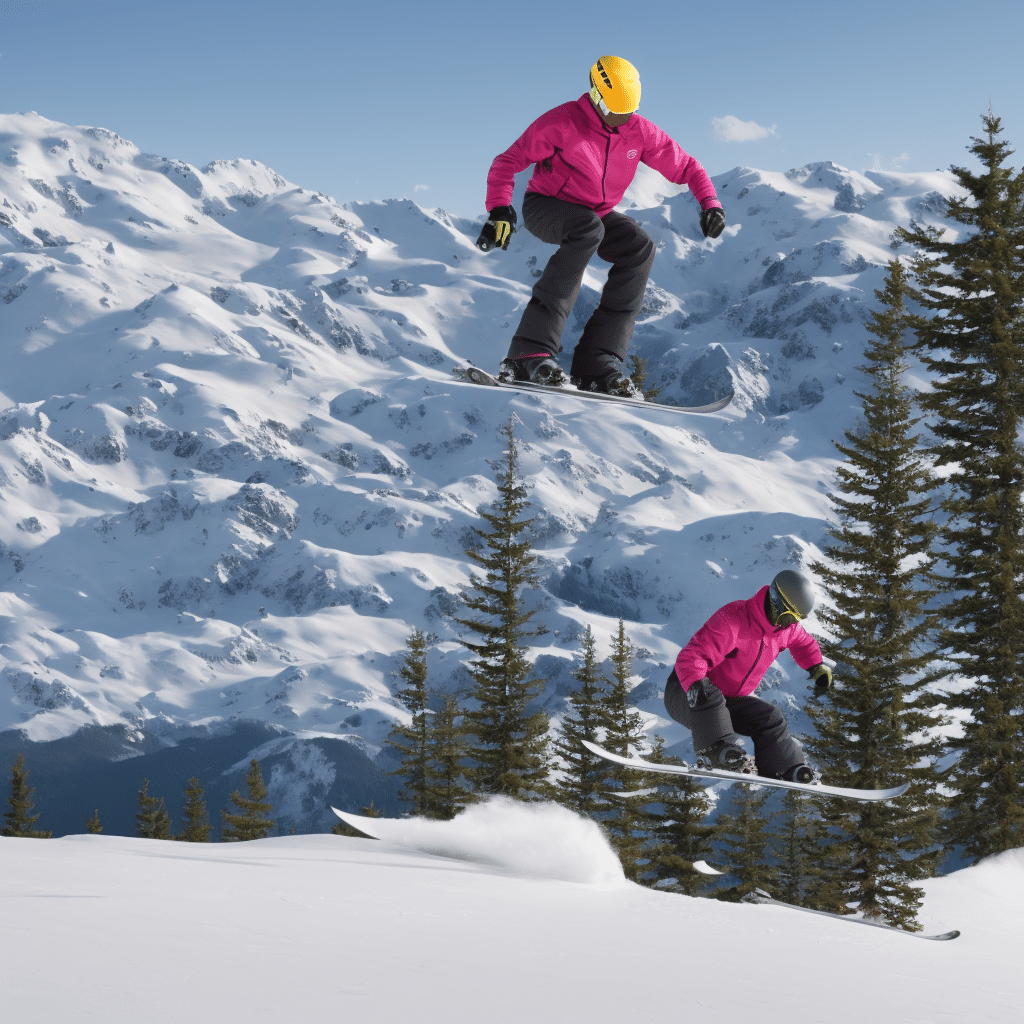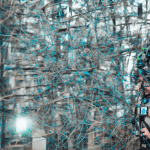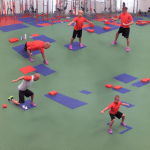Skiing and snowboarding are exhilarating sports, offering a unique mix of thrill, speed, and breath-taking scenery. However, they can also present potential risks, especially when it comes to injuries. From minor sprains and strains to severe fractures and dislocations, the physical demands of these sports are immense. One way to curb these risks is through balance and proprioception training. These exercises can boost your body fitness, strength, and performance, helping you to avoid injuries during your winter sports activities. So, let’s explore how you can use balance and proprioception training to your advantage.
The Importance of Balance and Proprioception in Skiing and Snowboarding
Before we delve into the training and exercises, it’s crucial to understand why balance and proprioception are vital in skiing and snowboarding. These sports demand a high level of physical coordination, strength, and agility. Essentially, balance and proprioception are fundamental components of these physical attributes.
A lire également : What Are the Approaches to Managing Jet Lag in Athletes Traveling for International Competitions?
Balance, in simple terms, is your ability to maintain your body’s equilibrium. This equilibrium is crucial when skiing or snowboarding as you navigate unpredictable terrains, make swift turns, and adjust your body position to maintain speed and control.
Proprioception, on the other hand, is your body’s ability to sense its position and movement in space. This sensory information is critical when you’re on the ski slope or snowboarding park. It allows you to make split-second adjustments to your body position and movement to avoid falls, collisions, or any other form of physical risks.
Dans le meme genre : How to Implement Functional Movement Assessments in Youth Sports Programs?
Specific Balance and Proprioception Injuries in Skiing and Snowboarding
In skiing and snowboarding, the lower body, especially the leg, is the most prone to injuries. This susceptibility is due to the demands of these sports, which require constant flexing, twisting, and extending of the leg muscles and joints.
Typically, the most common injuries in these winter sports include knee injuries, particularly the anterior cruciate ligament (ACL) and medial collateral ligament (MCL) injuries. Other common injuries include ankle sprains and fractures, pulled muscles, and dislocations.
Poor balance and proprioception can significantly contribute to these injuries. For instance, you can easily lose your balance and fall when skiing or snowboarding, leading to sprains, fractures, or ligament injuries. Similarly, impaired proprioception can make it difficult for you to adjust your body position or movement in time to prevent a fall or collision.
Balance and Proprioception Training to Prevent Injuries
Given the crucial role of balance and proprioception in skiing and snowboarding, it makes sense to incorporate balance and proprioception exercises into your training regimen. These exercises can help to enhance your body fitness, strength, and physical performance, reducing your risk of injuries.
Balance exercises typically involve activities that challenge your ability to maintain your body’s equilibrium. For instance, you can perform exercises like single-leg stands, heel-to-toe walks, or balance board exercises. These exercises can help to strengthen your lower body muscles, enhancing your balance and stability.
Proprioception exercises, on the other hand, are designed to improve your body’s sensory perception. These exercises may include activities such as agility drills, plyometric training, or dynamic balance exercises. By regularly performing these exercises, you can improve your body’s proprioceptive feedback, helping you to react and adjust faster when skiing or snowboarding.
Developing a Balance and Proprioception Training Routine for Skiing and Snowboarding
When it comes to developing a balance and proprioception training routine, it’s important to tailor your exercises to your individual needs and fitness level. It’s also crucial to start slow and gradually increase the intensity and complexity of your exercises to avoid overexertion or injury.
A typical training routine may begin with basic balance exercises, such as single-leg stands or heel-to-toe walks. You can then advance to more challenging exercises, such as balance board exercises or balance ball exercises.
Similarly, you can start your proprioception training with simple exercises, such as agility drills or plyometric jumps. As you improve, you can incorporate more complex exercises, such as dynamic balance exercises or functional movement exercises.
Remember to always warm up before starting your exercises and cool down after your training. Additionally, ensure to maintain proper form and technique during your exercises to optimize your training benefits and prevent injuries.
How to Incorporate Balance and Proprioception Training into Your Ski Holiday Routine
Getting the most out of your ski holiday requires more than just packing your gear and hitting the slopes. It involves preparing your body to handle the physical demands of winter sports. Incorporating balance and proprioception exercises into your daily routine can significantly enhance your skiing and snowboarding performance while also minimizing the risk of injury.
To start, simple activities such as standing on one leg while brushing your teeth can be an effective way to improve your balance. This single leg stand exercise engages your lower extremity muscles, enhancing your stability and strengthening your legs. Remember to switch legs halfway through to ensure an even workout.
For proprioception training, a simple exercise could be closing your eyes and touching your nose with your finger. This exercise engages your body’s sensory feedback system, helping your body to better recognize its position in space.
Additionally, focusing on different muscle groups during your training can yield tangible results. For instance, core strength is crucial for maintaining balance and control while skiing or snowboarding. Thus, incorporating exercises such as planks and crunches into your routine can significantly enhance your core strength and stability.
Investing in a balance board can also be beneficial. Using a balance board for a few minutes every day can improve your balance and stability, reducing your risk injury. A balance board mimics the physical activity of skiing or snowboarding, forcing you to maintain your balance as the board shifts under your weight.
Physical therapy techniques can also be used to enhance your balance and proprioception. Techniques such as joint mobilization, muscle stretching, and neuromuscular re-education can improve your body’s sense of balance and spatial awareness.
Lastly, remember to take it easy and listen to your body. Overtraining can be as detrimental as not training at all. This is especially true in sports medicine where pushing your body too far can lead to injuries. Thus, it’s crucial to maintain a balanced training regimen, taking breaks when necessary to allow your body to recover.
Conclusion: The Relevance of Balance and Proprioception to Injury Prevention in Skiing and Snowboarding
In conclusion, balance and proprioception are fundamental to the successful performance of winter sports such as skiing and snowboarding. Their importance lies in the ability to maintain control, make adjustments on the fly, and reduce the risk of lower extremity injuries.
By incorporating balance and proprioception exercises into your routine, you can significantly reduce your injury risk, enhancing your overall performance and enjoyment of your ski holiday. Remember, no matter how long you’ve been skiing or snowboarding, it’s never too late to start these exercises.
Adopting a balanced approach to your training, focusing on different muscle groups and gradually increasing the complexity of your exercises, can yield significant benefits. From improving your snowboarding injuries resilience to enhancing your overall physical fitness, the rewards are substantial.
Finally, always remember that safety should be your first priority. While skiing and snowboarding are thrilling activities, they come with potential risks. By taking the time to prepare, train, and take care of your body, you can not only enjoy these winter sports more fully but also minimize the chances of an unfortunate skiing injuries. So, don’t wait any longer, start your balance and proprioception training today!











